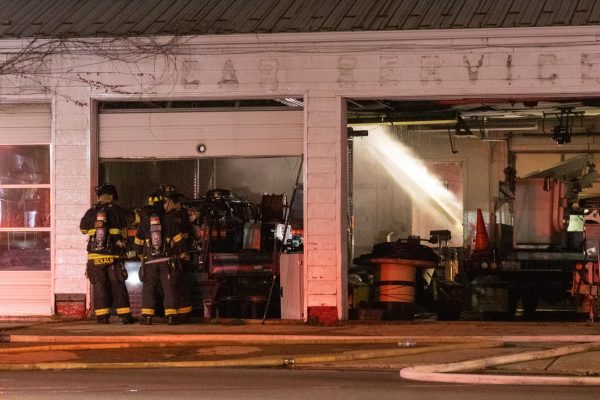Increased drug crimes burden justice system
April 24, 1989
A dramatic increase in drug-related crimes statewide has overburdened Illinois’ criminal justice system and is contributing to exploding jail populations and higher court caseloads, authorities say.
“With the end of the Baby Boom, planners figured jail population levels would be going flat,” said John Firman, associate director of the state Criminal Justice Information Authority. “The problem is that the theory is being disproved.”
While the number of people in the so-called crime-prone age group of 17 to 29 years is falling, officials at the authority expect more than 50,000 drug arrests annually by the end of the century, a 34 percent increase over 1987 levels.
“Drug traffickers don’t have to age out of the system,” Firman said.
And drug crime is not isolated to the Chicago metropolitan area, said Rick Kozak, assistant deputy director of the Illinois State Police.
“We’re buying dope everywhere,” he said. “The dope situation is prevalent throughout every county in the state—rural, urban, it doesn’t make any difference.”
But the current overcrowding in the prisons cannot be blamed exclusively on drugs. Stiffer penalties for drunken driving, as well as higher bonds being set by judges and increased prosecution of child molestation cases have added to the problem, officials say.
“It seems that about half your cases are either sex or drugs,” said Adams County State’s Attorney Scott Walden. He said his county has seen a “big upsurge” in the two types of cases.
While the problem is evident outside of the Chicago area, the scourge of drugs remains the worst in northeastern Illinois, and it is growing in the so-called collar counties as well as in the city.
“Even those counties that built new jails are running into problems,” said corrections spokesman Nic Howell.
In Lake County, for example, officials began planning a jail four years ago. The jail opened in March and has already been filled three times, officials say.
Will County is building a $21 million jail that is scheduled to open in September. The new jail will be three times the size of the current facilities, but Sheriff John Johnsen predicted it probably would fill up soon after it opens.
And in Du Page County, authorities are planning to double the size of their jail, which opened just five years ago.
Statewide, the number of prisoners jumped by 6.2 percent in 1988, from 19,850 in 1987 to 21,081 last year, according to federal Justice Department figures released Sunday.
Many officials are saying that the state cannot afford to keep building more and more prisons and courtrooms, and that tougher laws and longer sentences won’t necessarily solve the problem of crime.
“I don’t think we can build ourselves out of this,” Michael Lane, state corrections director, said recently. “There isn’t enough time.”












